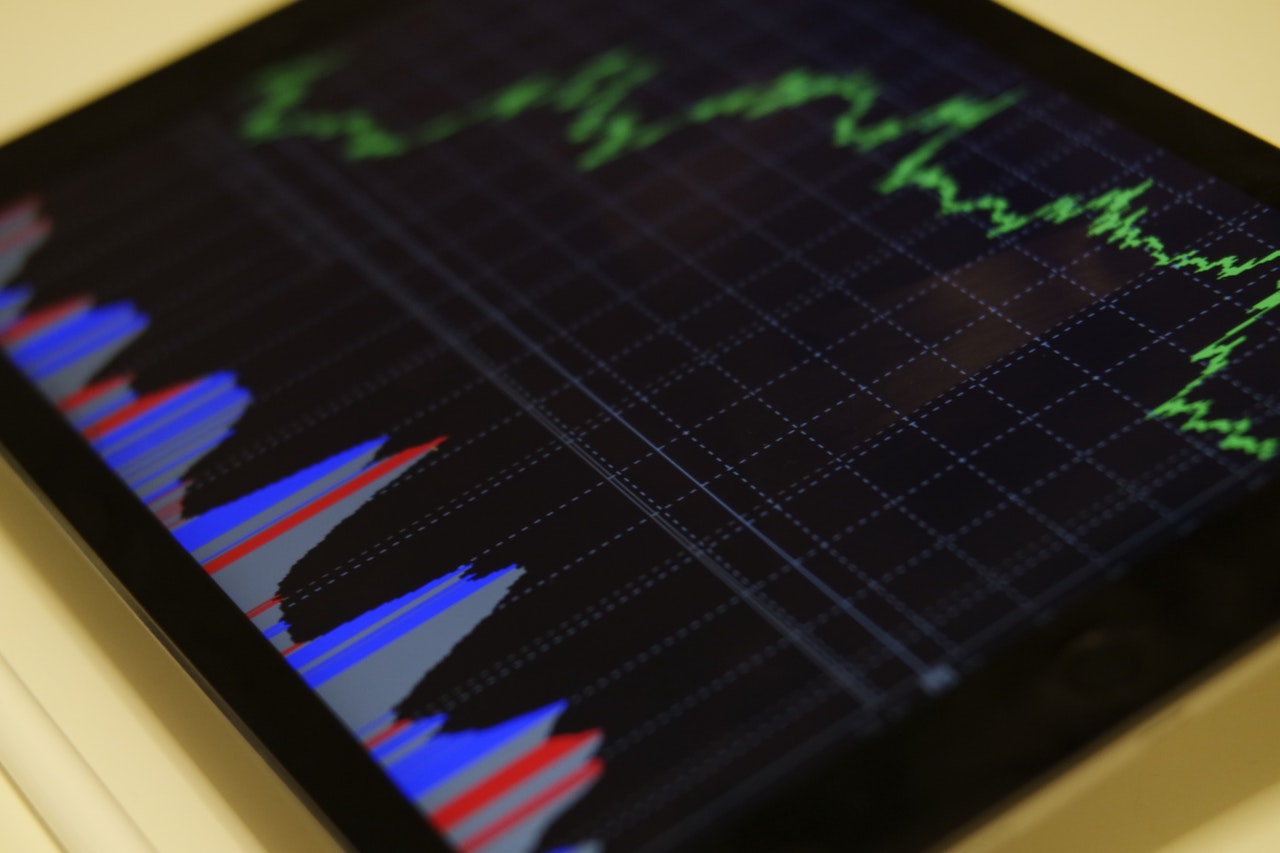Investing vs. Trading: 7 Key Differences
Undoubtedly, there’s a lot of common ground between trading and investing. However, there are important differences too, which can be a deciding factor for a successful entrepreneur. No matter whether it is Forex trading or any other market, we’re going to take a closer look at the 7 main differences between active trading and investing.
Opposed to Trading, Investors Are Interested in Long-Term Trends
The trading view is very dynamic, so keep a close eye on the market movements to make sure you get the maximum profit from the shares you’d just bought before the price went up. Some also say that trading has a lot to do with gambling mentality and sometimes looks like you try to win in the Clash of Queens game here and now.
However, investing is different. Investors focus on a longer period of time and require a long-term view of the market. They consider trends that take months to build, and this transforms the entire process into a more static one. That’s why you’ll often see investors buying stock and share when everyone else is selling. Given the right homework and long-term vision, investors can turn a profit even during the recessionary period. That’s something you can’t really expect from trading standards that dictate to sell when the price drops since nobody wants a dying portfolio on their hands.
Traders Focus on Short-Term Movements
Dwelling on the idea from the first paragraph but looking at things from a trading account perspective, we can draw the conclusion that traders are mainly focused on short-term movements and speculation. Situations in which active trading implies holding to a position for just a few seconds to maximize the advantage of momentum aren’t a rare occurrence. To increase trading performance, traders open multiple transactions per day to make small profits on each one. The most popular trading style these days is day trading. This means that traders open and close their positions within the same trading day. Even though it may look like a lot of chaos, trading is a business, after all, and it needs to be learned with time. Using trading tools and getting a “gut feeling” for when to buy and sell are the ways to gain an advantage.
Another style often used is swing trading. This means that traders should keep an eye out for “swings” in a given market. These swings are strong directional moves, be it upward or downward, that take a longer period to develop.

Investors Usually Aim to Outperform or Match the Market
Another key difference between trading and investing comes from investors aiming to outperform the market benchmark. In other words, if a given market has a maximum return of 10%, investors will try to match or even go above that percentage. Sure, this means keeping a portfolio for long periods, which sets them up for great risks. That’s why we can talk about a trading career but not an investing one. Investing isn’t a job done by employees. This belief that you can match the market return is one of the investors’ trademarks and a major difference to trading.
Traders Thrive on Market Volatility
Any trading courses you’d check out these days will mention volatility. Volatility is vital for traders that use it to make a short-term profit. Without strong movements in a market, there’s little profit to be made by a trader. On the other hand, investors really fear volatility. They prefer smooth and predictable markets that will return a long-time profit. For example, a 50% increase in volatility can mean a 100% increase in an investor’s portfolio. That means those positions need to be liquidated to start over. Both investors and traders rely on the VIX index for volatility. Even without extensive trading skills, you can use the VIX index to expect an inverse movement in the S&P 500.
Similar to Casino Players, Traders Actively Manage Their Risk
One last difference comes out when we refer to trading standards compared to investing. While investors can evaluate risks more accurately and with multiple tools over time, traders need to actively do their risk-management “on the go.” Not to mention that a new risk assessment needs to be performed for each transaction. In many ways, this is very similar to what casino players do before placing each bet at the Trustly casino. That’s why this practice is often referred to as the casino mentality. Traders take a good look at the options and decide on the amount and position they’re going to trade. Of course, when high inflection points are reached, it’s a better idea to just hedge positions or step aside altogether since you can’t really predict anything. It’s mostly based on luck, just like gambling.
Traders Have the Option to Short-Sell the Market
Traders are in a unique opportunity to still make a profit even when prices are falling. This is achieved through a trading style called short selling. Short selling is basically selling a stock that you don’t own, usually done by lending it from your broker. That stock will come from the brokerage’s inventory, the shares get sold, and the profit from this action is credited to your account. However, you will have to close the position at some point. So, you will buy the same number of shares to return them to your broker. If your analysis is correct and you purchase the shares later at a lower price, you make money from the price difference. Of course, nobody can control the price fluctuations, and a certain amount of gambling is involved once more.
Investors Take Decisions Based on Fundamentals
Opposed to traders, fundamental analysis and a long-term outlook of a market are the main steps in investors’ decision-making process. As previously explained, traders rely more heavily on short-term movement and even extremely short price fluctuations. These just need technical analysis to apply their trading principles.
So, to sum things up, trading is more a matter of speculating short-time price fluctuations, despite the directions. On the other side, investing refers to buying and holding positions over longer periods to make a profit. Of course, some investors actively manage their portfolios based on market evolution and new players. However, one of the main distinctive elements between trading and investing is volatility. While it is used by traders to increase gains, it terrifies investors.
Do you have any experience in trading or investing? Don’t hesitate to share it in the comments and let other readers know the benefits and disadvantages. Thus, you can help others to get into the market.


















